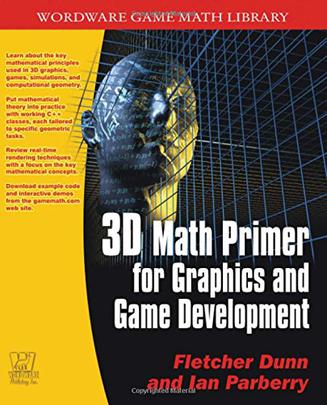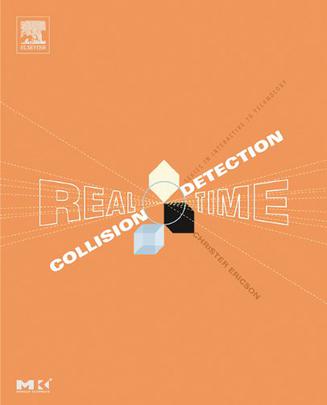-

3D Math Primer for Graphics and Game Development
-

Illustrations Now!
Drawing power from magazines and newspapers to ads, websites, album covers, and even mobile phone wallpaper, illustration is a crucial element in visual communication today. With unlimited creative possibilities, illustration is as unbound as imagination itself; whether it's a simple pencil drawing, an ornate airbrushed painting, or a computer-generated image, an illustration speaks the international language of ideas. This comprehensive guide showcases 200 of today's best commercial and editorial illustrators from over 50 countries; each entry highlights examples of recent work and includes the artist's contact information, favorite media, awards, clients, and work philosophy. Look no further for what works and who's who in the world of illustration: it's all here. -

Sticker Graphics
Stickers surround us. Whether stuck to walls, signs, mailboxes and other elements of urban furniture, or to car bumpers, helmets and messenger bags, they represent a growing culture fascinated by the various forms and expressions, the myriad of messages, or the lack thereof. This book explores the fetish. From the designers and artists that create the stickers to represent their work and ideas, to the collectors and members of the new generation which utilize them to assert there own individual style. Stickers have become a new form of communication. This book is divided into various sections including: Urban Art, Cutie, Bumper, Artistic, and more. Includes work by: Airside, APE, Alife, Beatservice, Buro-destruct, Build, Delaware, Devilrobots, Flipsflopflyin, Garrettch, Gwg, Groovisions, Happypets, Issey Miyake, Peepshow, Rinzen, Michael Lau, Shepard Fairey, Sticker Nation, Moshino Katsura, Deanne Cheung and Young Kim. -

Advanced Global Illumination
This book provides a fundamental understanding of global illumination algorithms. It discusses a broad class of algorithms for realistic image synthesis and introduces a theoretical basis for the algorithms presented. Topics include: physics of light transport, Monte Carlo methods, general strategies for solving the rendering equation, stochastic path-tracing algorithms such as ray tracing and light tracing, stochastic radiosity including photon density estimation and hierarchical Monte Carlo radiosity, hybrid algorithms, metropolis light transport, irradiance caching, photon mapping and instant radiosity, beyond the rendering equation, image display and human perception. If you want to design and implement a global illumination rendering system or need to use and modify an existing system for your specific purpose, this book will give you the tools and the understanding to do so. -

Real-Time Collision Detection
Written by an expert in the game industry, Christer Ericson's new book is a comprehensive guide to the components of efficient real-time collision detection systems. The book provides the tools and know-how needed to implement industrial-strength collision detection for the highly detailed dynamic environments of applications such as 3D games, virtual reality applications, and physical simulators. Of the many topics covered, a key focus is on spatial and object partitioning through a wide variety of grids, trees, and sorting methods. The author also presents a large collection of intersection and distance tests for both simple and complex geometric shapes. Sections on vector and matrix algebra provide the background for advanced topics such as Voronoi regions, Minkowski sums, and linear and quadratic programming. Of utmost importance to programmers but rarely discussed in this much detail in other books are the chapters covering numerical and geometric robustness, both essential topics for collision detection systems. Also unique are the chapters discussing how graphics hardware can assist in collision detection computations and on advanced optimization for modern computer architectures. All in all, this comprehensive book will become the industry standard for years to come. -

Mathematics for 3D Game Programming and Computer Graphics, Second Edition
This completely updated second edition illustrates the mathematical concepts that a game programmer would need to develop a professional-quality 3D engine. Although the book is geared toward applications in game development, many of the topics appeal to general interests in 3D graphics. It starts at a fairly basic level in areas such as vector geometry and linear algebra, and then progresses to more advanced topics in 3D game programming such as illumination and visibility determination. Particular attention is given to derivations of key results, ensuring that the reader is not forced to endure gaps in the theory. The book assumes a working knowledge of trigonometry and calculus, but also includes sections that review the important tools used from these disciplines, such as trigonometric identities, differential equations, and Taylor series.